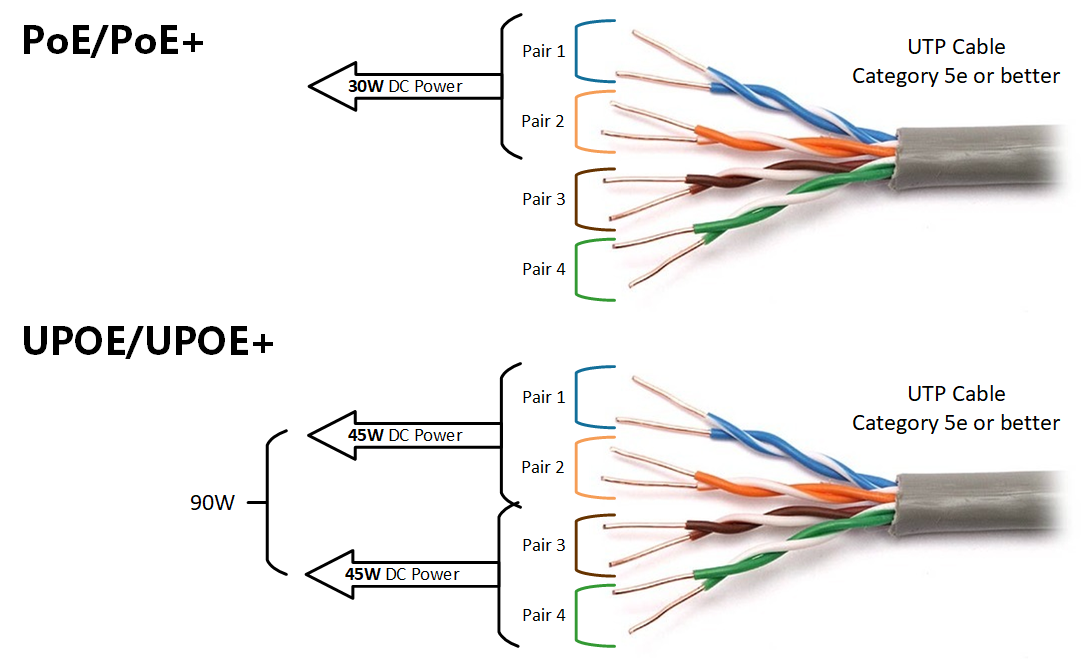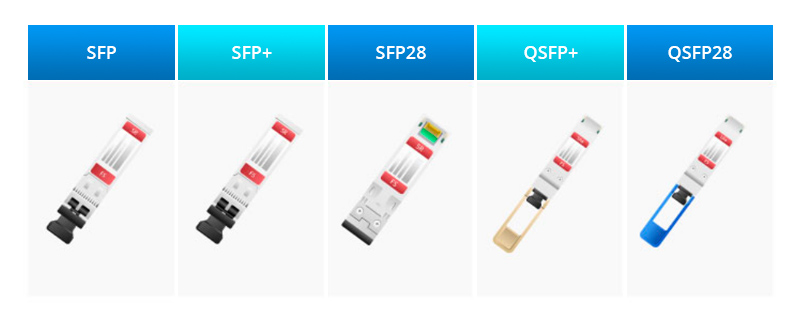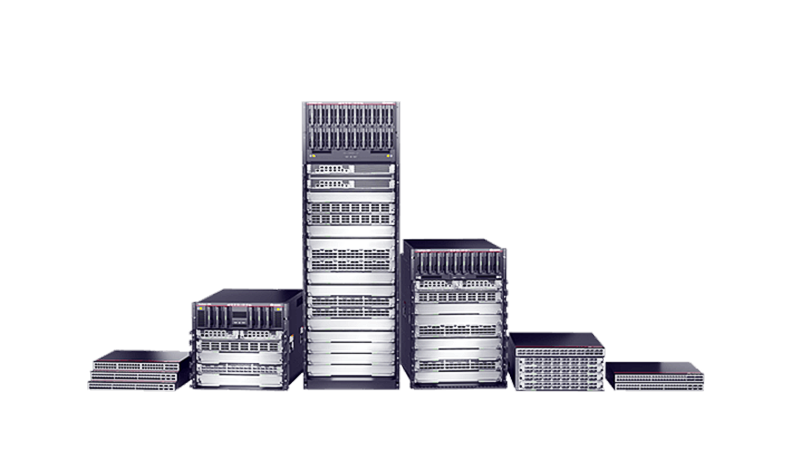































I recently had a virtual chat with PacketFabric CEO, Dave Ward. If you're not familiar with PacketFabric, you will be soon. They are quickly becoming an industry mover and shaker in the Network-as-a-Service and next-gen Service Provider (ngSP) space. They're also a customer of ours, having recently deployed the Cisco 8000 with our new 400G solutions. What follows, is an excerpt from our chat:
Kevin Wollenweber, Cisco:PacketFabric is really different from the traditional Service Provider, in terms of your business model and offerings. How would you describe PacketFabric to the uninitiated?
Dave Ward, PacketFabric:Yes, we are different, we do Networking as a Service (NaaS). Essentially, we're a highly automated, API-driven, SLA guaranteeing, private fabric connectivity service that is aligned with the needs and consumption patterns of Enterprises on their rearchitecting journey. Our NaaS, and complimentary Cloud Router products, help customers migrate to hybrid-cloud and multi-cloud operations, as well as next-gen WAN operations. The fact that we are not an overlay or transit network running on top of other providers differentiates us from our competitors. We have our own fiber network and POPs. And, we have led our industry with our multi-100Gbps connectivity solution. So, we aren't just a technology disruption and the culmination of the SDN movement but, a business disruption for the industry as our customers pay for real-time, on-demand services. For those unfamiliar with NaaS, or if you'd like to know more, we cover it in-depth in a recent blog post.
Kevin Wollenweber, Cisco:Got it. That is a unique approach. Why would an enterprise want a private fabric network?
Dave Ward, PacketFabric:Business-critical services like UCaaS (Unified Communications as a Service), video collaboration, STaaS (Storage as a Service), hybrid cloud application operation, cloud-based security, and multi-cloud connectivity are better and more reliably served on private networks with engineered bandwidth, latency, redundancy, and jitter. And our on-demand private fabric is an attractive, affordable solution that fits enterprise business-critical application requirements. It's also an excellent alternative to the less-agile, more expensive, non-cloud enabling WAN connectivity of traditional telcos.
Kevin Wollenweber, Cisco:Does this make you more relevant to your customers?
Dave Ward, PacketFabric:100 percent! We see our customers aligned with our vision, to provide Enterprise networking with an open private fabric, augmenting their enterprise IT re-architecture or digital transformation, and their move to a cloud services model. Our APIs enable easy integration with modern workflows. Because we deliver network "as a Service" customers can offload their WAN and cloud-connectivity operations responsibilities to us. It's basically network connectivity as software.
Kevin Wollenweber, Cisco:You mentioned highly automated, what are you doing with automation to make this a differentiator for you?
Dave Ward, PacketFabric:From my perspective, the most important aspect of our vendor-customer relationship is rooted in programmability. We need to be able to program, monitor and expose telemetry, at many layers, with integrated optical transport. It is absolutely vital to our operation. And with Cisco operating systems, platforms, and hardware, we can do that. Although we're vendor-agnostic, we're not slow-moving, so it's really a testament to Cisco that you guys have been right there with us every step of the way, keeping pace with our requirements.
Kevin Wollenweber, Cisco:And you are doing automation with Cisco Silicon One and the Cisco 8000?
Dave Ward, PacketFabric: Yes. Our SDN-based operation leverages the silicon-based innovations of the Cisco 8000 to deliver our high-speed private networking and cloud access solutions. Our APIs take full advantage of the Silicon One feature set and will allow us to deploy cutting-edge technology like 400G much earlier than our competitors. Because we started PacketFabric with this strategic position, we have a distinct advantage over our competitors who are only now dealing with the unbelievably arduous task of automating over multi-vendor ASIC platforms to keep pace with increasing capacity requirements.
Kevin Wollenweber, Cisco:What do you consider important when providing 400G solutions?
Dave Ward, PacketFabric: Obviously, we have to care about cost, from the power and space efficiency in our PoPs to the Total Cost of Ownership (TCO) of a solution. Also critical are the innovations in the optical modules in spectral efficiency, distance, and density. We're excited, our customers and partners are already telling us that multi-hundred and 400Gbps will soon become a necessary endpoint for connectivity within our fabric. That's how big this NaaS offering is going to be!
Kevin Wollenweber, Cisco:Reducing TCO was a critical piece in the development of the Cisco 8000, and something we're actually quite proud of. At 2.25 watts per 100G, we're 7x better than the traditional routing competitors. How do you see TCO impacting your prices and margins?
Dave Ward, PacketFabric:The economics of our industry are driven by the cost of transport itself and the cost of "landing" that transport. The latter translates into space and power in hundreds of locations worldwide. It's pretty straight-forward that our physical efficiency translates into prices and margins in an already cost-competitive market. With direct connections to cloud and Enterprise endpoints now shifting from 10G to 100G and backbone speeds ratcheting to multiples of 400G we can't afford NOT to care. Here again, I think our competitors are in for a bit of a "climb" when they confront these realities.
Kevin Wollenweber, Cisco:Sounds like it's a real differentiator for you. We love to see our customers taking full advantage of what the Cisco 8000 can do. Thanks, Dave. It was great chatting with you.
Dave Ward, PacketFabric:Thanks, man. We chose to deploy the Cisco 8000 for 400G optics and segment routing because it was the best technology/platform to deliver our product to keep pace with immediate market demand. The new platform control and extensions to IOS XR are great to see. As you know Kev, it's all about building a bigger and better Internet, and sometimes; you just have to go out and move the internet architecture in a very big way.
As demand continues to push endpoint connectivity and backbone speeds from 100G to 400G, PacketFabric is already "there" with a solution that works for their customers, to learn more (and read Dave Ward's blog on NaaS) visit packetfabric.com.
To learn more, about the Cisco solution, visit the Cisco 8000, 400G, and Cisco Silicon One product pages.
 Etiquetas calientes:
Service Provider
400G
Cisco Silicon One
Cisco 8000 Series Routers
Etiquetas calientes:
Service Provider
400G
Cisco Silicon One
Cisco 8000 Series Routers